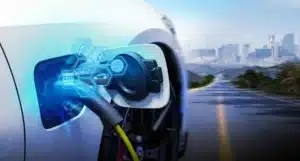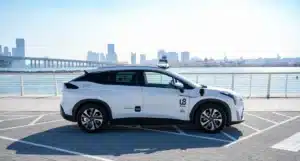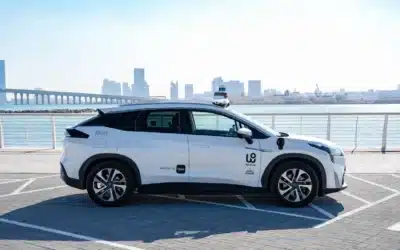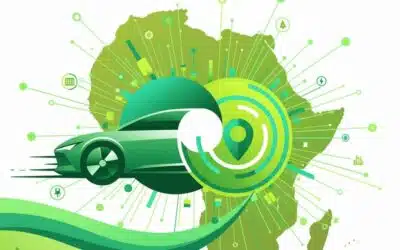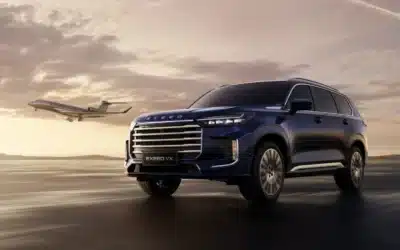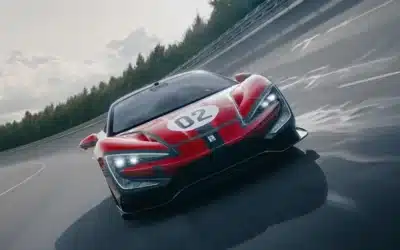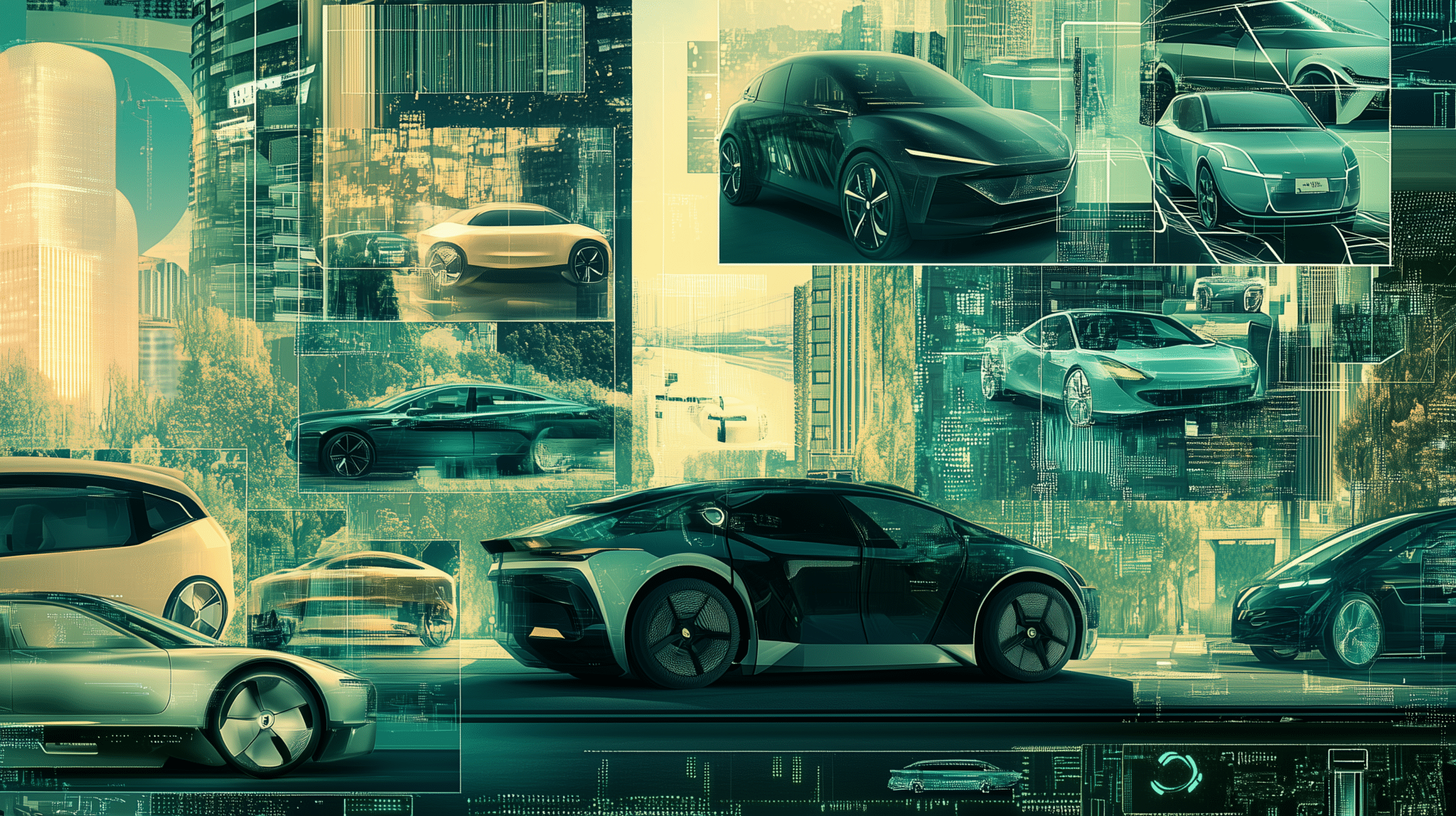
As the world celebrates World EV Day, a global event dedicated to promoting electric mobility, it’s an opportune moment to look ahead at what the future holds for EVs. We spoke with several experts in the automotive and EV arena. From CEOs of EV-focused companies to renowned consultants and media voices, these industry insiders shared their perspectives on the achievements of the past five years, the barriers against widespread adoption, and the technological, societal and policy shifts needed for the continued growth of electric mobility.
Q. What do you see as the most significant achievements in the EV sector in the last five years?
Salman Hussain, Co-founder and CEO, FUSE EV CONVERSIONS: “The fact that the technology in the electric vehicle itself is no longer debated. It works, gives enough range, the software in most established vehicle manufacturers works as intended and the vehicle itself has become predictable in terms of its expected driving characteristics. We are now at a point that in many countries including the UAE, the vehicle can easily make a financial savings case for itself too.”
Randal ‘Tiny’ Smith, EV and EV Charging Expert, Consultant, and Speaker: “Increasing the range and charging speed of the battery through technological advances with better battery chemistries. This has always been a perceived issue for many who see an average EV range of 220 miles being insufficient when compared to the 400+ mile range of their ICE vehicle. So, increasing the range gives EV drivers that ‘comfort blanket’ that EVs can work for them.”
Imthishan Giado, Host, Motor Mania, Dubai Eye Radio: “The most obvious change is the proliferation of cheaper Chinese EVs that have brought electric motoring to the masses. While major European brands flounder with ever-more complicated vehicles that attempt to be all things to all people, the new range of cheap EVs provide usable range, acceptable technology and most importantly, an ever-lower entry point. Legacy automakers have much to worry about.”
Q. How important is World EV Day to accelerating the adoption of electric vehicles in the future?
Hussain: “There is certainly much we can do on such days to promote new energy vehicles in markets that are not used to it yet.”
Smith: “Very important to raise awareness of the benefits that EVs can bring – cheaper running costs, healthier environment, more relaxing driving etc. A lot of people are aware of EVs but don’t perhaps fully appreciate what they are about, and hence their understanding can often be driven by what they read on social media, which is often negative against EVs through misinformation. Hence, pushing a positive news story about EVs through events such as World EV Day can help to combat this misinformation to allow people to make an informed decision before stepping into the EV arena.”
Q. What are the biggest barriers to consumer adoption of EVs, and do you think perceptions will change over the next few years?
Hussain: “Charging charging and charging! The infrastructure alone will determine how the adoption plays out.”
Smith: “One of the biggest barriers is the upfront cost of the EV, but this is reducing all the time and will continue to drop in the coming years. But there are also a number of perceived barriers that are often generated through social media, much of it through misinformation that is creating a large amount of negativity against EVs – ‘the batteries are always exploding or catching fire; you have to replace the battery after 3-years at your cost; they are damaging roads and car parks with the extra weight’ and so on. All completely false, but supported by social media misinformation. So as the number of EVs continue to increase, and the facts of EV ownership become more apparent and recognised in the coming years by more people, these perceived barriers should diminish.”

Randal ‘Tiny’ Smith, EV and EV Charging Expert, Consultant, and Speaker.
Giado: “The scant availability of high-speed chargers still plays a significant role in preventing consumers from adopting EVs. Range anxiety is no longer really an issue – few need more than 200 miles a day in usable range – but being able to find a charger that can ‘fill you up’ to a reasonable level – from near dead to 80% in less than 15 minutes – is the holy grail of electric motoring. Until that evolution happens, electric cars will remain the preserve of the financially fortunate and the early adopter.”
Q. What key technological advancements do you anticipate in the next five years?
Hussain: “Faster charging is expected and the technology already exists. We also have batteries that are capable of being deployed in 18-wheelers! Expect EVs to get safer, faster to charge at more locations, and provide even lower costs of ownership.”
Smith: “The biggest advancements will be in battery technology with increased densities and better chemistries, which will see battery full charge times reduce to sub 10 minutes, with ranges of 600+ miles. We are already seeing super-fast charging batteries being produced through companies such as Nyobolt and StoreDot, where the former teamed up with car company Callum to produce a super-fast charging concept EV.”
Giado: “Solid state batteries will solve many of the issues that currently plague EV adoption. New battery tech that enables faster charging can’t come soon enough.”
Q. How can we tackle the current challenges of the EV charging infrastructure?
Hussain: “Governments need to subsidise CPOs (Charge Point Operators) directly for each charger they deploy, much like the tax credits given to EV owners back in the day. This will really help push the needle!”

Imthishan Giado, Host, Motor Mania, Dubai Eye Radio, a popular English language radio station in Dubai.
Giado: “Install more high-speed chargers – there’s little point in providing slow chargers that clog up bays for hours.
Like standardising plugs, all payment apps should forgo annoying registration processes etc in favour of simple tap-and-go payment – just as you would in any shop or restaurant.
After all, you don’t need to create a user profile to eat at your favourite diner – so why should you be made to do that as an electric car user?”
Q. How would you like to see government policies and regulations evolve in support of EV adoption over the next five years?
Hussain: “Lots needs to be done, including not only investing in infrastructure but also pursuing new technology. There is huge geopolitical protectionism playing out globally on new energy vehicles that threatens to derail this movement, which is a far bigger threat to EV adoption and needs an urgent solution.”
Smith: “Governments need to push more positive messaging about EVs to combat the tidal wave of EV negativity out there generated through misinformation across social media. The level of EV negativity is impacting the automotive industry with people avoiding buying EVs because of the perceived issues that they have read on social media, all whilst OEMs and Governments are trying to encourage EV ownership. Government policies and regulations need to encourage people towards EV ownership, possibly through incentive schemes or maintaining a low taxation scheme for longer.”
Giado: “Less harsh warnings and inflexible deadlines would make electric cars less fearful for the entrenched or the unsure. Offer more incentives beyond cheaper taxes – subsidised parking or free highway toll access would go a long way to making electric cars more widespread.”
Q. What are the biggest environmental challenges facing the EV industry, and how can they be addressed?
Hussain: “Definitely mining can be made a lot better. Also, transport of materials from Africa to China to finished goods in global markets should really be a cause for concern, and could be eased in places like KSA where such supply chains can be much more streamlined.”
Smith: “Looking at the UK picture as an example, the largest greenhouse gas (GHG) emitting sector comes from transport at 29%. Drilling into that figure reveals that around 80% of that comes from cars, and hence the Government’s focus on moving people away from fossil-fuelled cars towards an alternative, such as electric. So, to me, rather than trying to push people into EVs (where many feel that they are being forced), there should be a pull by explaining why we need to move towards alternative energy sources.”
Giado: “Electric cars are still seen as intrinsically catastrophic to build with large amounts of rare-earth materials mined from conflict zones. Newer artificial battery tech will be the only way to silence these criticisms.”
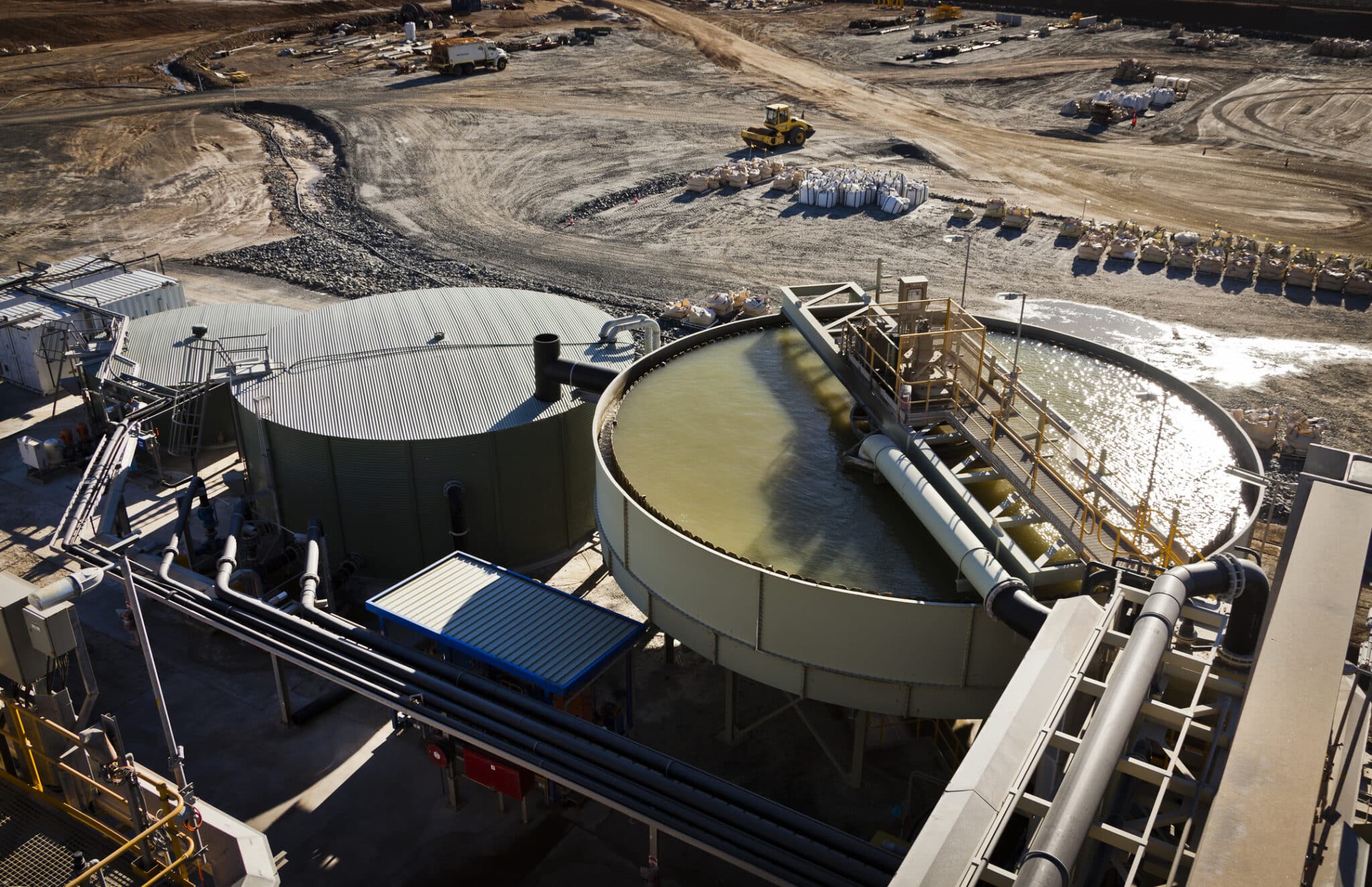
A processing Plant at a Lithium mine in Western Australia. Lithium is one of the rare earth elements used in EV batteries.
Q. Looking further forward, what other major trends do you expect to shape the EV industry?
Hussain: “I do think there will be a slightly more mixed approach to alternative fuel adoption, with industries such as aerospace and shipping more likely to adopt hydrogen or methane fuel. Battery production also needs to be optimised and paired with smarter living conditions for humans.”
Smith: “Battery technology will be key as people push for more range and faster charging speeds for EVs. I think the next major trend will also be the move towards autonomous vehicles. Another interesting developing area is the combining of aviation with EVs to create flying taxi-type vehicles for short-haul flights around cities etc, where we see concepts from Lilium, Vertical Aerospace, Volocopter etc making great strides in this technology space.
Giado: “The industry must transition towards making more desirable, less egg-shaped vehicles. Offer more choices – vans, pickups, off-roaders, MPVs – that people might actually want to buy.”
Q. Can the Middle East region play a key role in EV adoption?
Hussain: “Absolutely, it is the region that can potentially benefit the most from this transition, from providing space for future factories for streamlined supply chains, to being a gateway to the critical African market.”
Smith: “The Middle East can play a role in the adoption of EVs if it sets an example by shifting away from oil production towards renewable energy sources such as solar PV and wind. COP28 in Dubai held in late 2023 provided a platform for the UAE to agree to transition away from fossil fuels along with other nations worldwide.
“This then illustrates that they are ‘doing their bit’ to combat climate change and global warming, in the process also helping to improve people’s health, which all lines up with what EVs are also trying to do. When key Governments are seen to be ‘doing their bit’, that then encourages others to follow.”
Giado: “The Middle East could lead the way in solar power generation, and yet it continues to be a laggard in research in development. Until regional governments wean off their obsession with high-performance, tourist-friendly machinery – not likely in this decade – the situation is unlikely to change.”

Our region has abundant sunshine to generate renewable energy.
Q. How significant is the shift towards electric vehicles as a milestone in the history of human mobility; or is it just a temporary phase in our transportation needs?
Hussain: “I truly believe the future lies in part with EV mobility, with a lot of our transportation needs being met with greater connectivity of things such as trains, and other methods of transport that are still being researched – think Isaac Asimov’s Moving Walkways!”
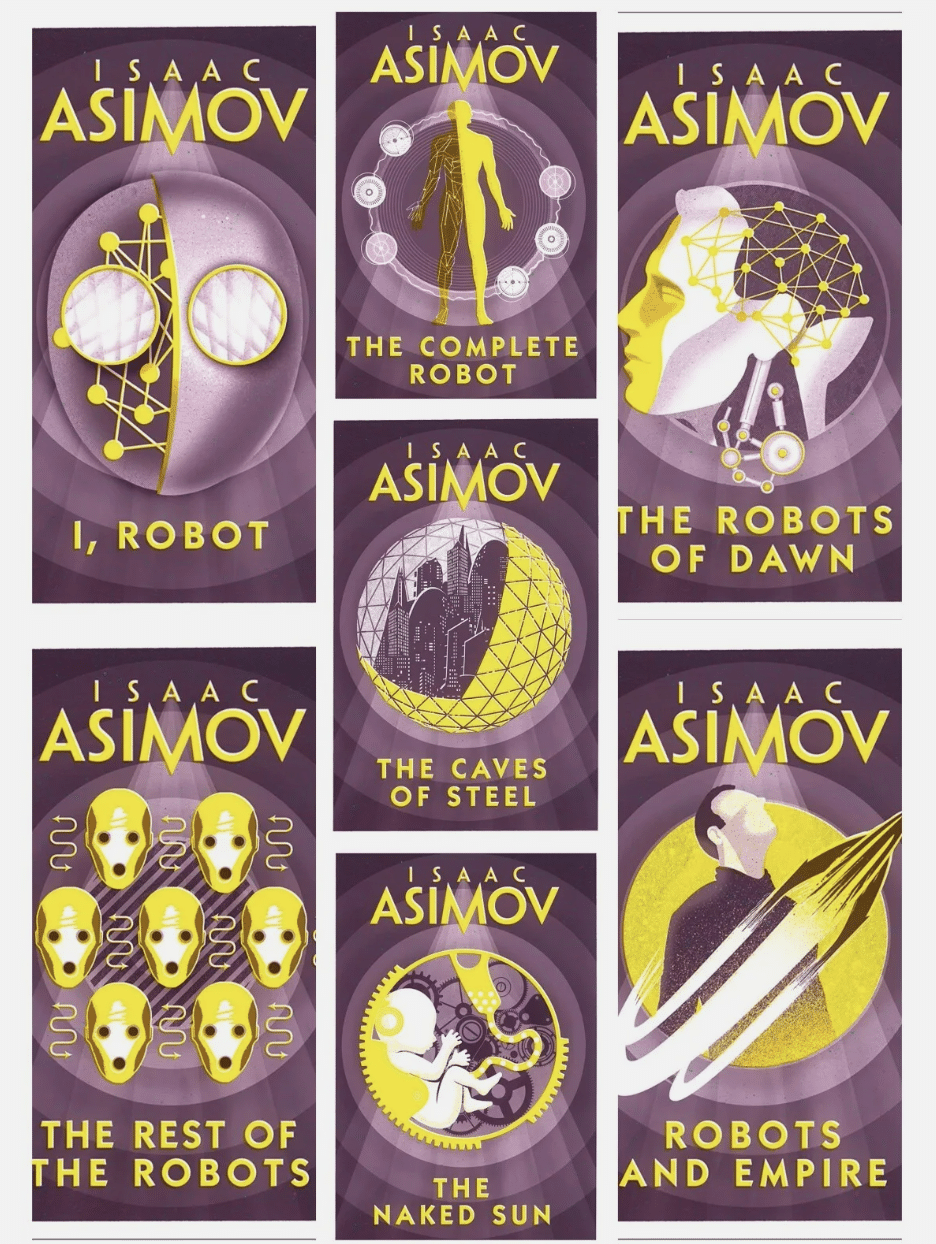
Isaac Asimov’s Robot Series.
EDITOR’S NOTE: In Isaac Asimov’s Robot series of science fiction novels, the author imagined a future where cities are connected by vast networks of high-speed conveyor belts or “moving walkways” that people use for transportation. These systems are often depicted as a primary means of commuting, allowing large numbers of people to travel quickly across long distances within densely populated areas. Featured most prominently in “The Caves of Steel” (1954) the fictional concept resonates with modern discussions about sustainable urban transport, automation, and reducing reliance on private vehicles in favour of shared or public systems.
Smith: “In the last 10-15 years EVs have really come to the fore. The reason for this rise is the realisation of what the damaging emissions from burning fossil fuels in transport are having on the climate and our health. So, the emphasis has been to move away from fossil fuel usage in transport towards an alternative energy source, such as electric, hydrogen or biofuels. For various reasons, electric has become the chosen alternative, partially because electricity is all around us, making it relatively easy to install a supporting EV charging network.
“Whilst both hydrogen and bio-fuels will also work for cars, both have some major disadvantages that often get overlooked in discussions. To manufacture at scale, bio-fuels become cost-prohibitive, and hence that option has not progressed. There is a strong debate for hydrogen usage in cars by many who perhaps don’t understand the complexities of getting the hydrogen energy from the ‘well to the wheel’ of the car, where it takes 3x more energy than that used for an EV in the same equation. As such, currently, EVs are indeed a major milestone in the history of transportation, but who knows what new transport technologies we may see in the next 10 years?”
Giado: “The jury is still out on whether the electric revolution has entirely succeeded. Like popular music which has fragmented beyond any attempt to characterise itself today, the future of transportation will eventually rely on a mix of electricity and hydrogen fuel cells for longer usage, while fossil fuel cars will wither away to become the preserve of the wealthy.”



